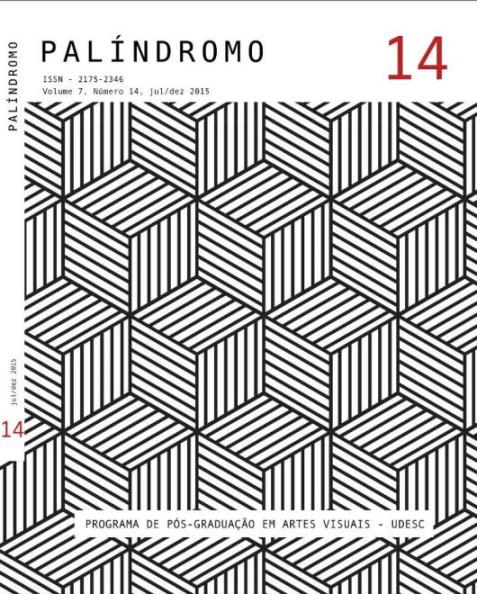Why do we love zombie movies? An examination of the grotesque images of a mass culture product, as compared to postmodern consummerist culture
DOI:
https://doi.org/10.5965/2175234607142015064Keywords:
film analysis, post-modern culture, capitalist culture, consumerism, zombies movieAbstract
This article seeks to analyze com- mercial horror movies, specifically those themed on zombies and the undead, proposing approximations between the images produced by filmmakers and art- ists and the consumer culture produced under capitalism. If the filmmaker, as proposed by Jameson (1995), is not iso- lated from its social and political con- text, could these films be understood as possible images of what Lukács (1920) understands as the bankruptcy of cap- italist social organization? In a culture where death, exhaustion of resources, chaos and decay of organizations are recurring situations, how could these commonplace themed films be reinter- preted as image of capitalism itself?
Downloads
References
GONZALO, Jorge Fernández. Filosofía zombi. Editorial Anagrama: Barcelona, 2011 JAMESON, Fredric. As marcas do visível. Rio de Janeiro: Grall, 1995.
KAYSER, Wolfgang. O Grotesco. São Paulo: Perspectiva, 2003
KURLE, Adriano. Indústria Cultural: Quando a arte encontra a mercadoria. Intuitio: Porto Alegre, n1, vol 6. p. 103-122, 2013.
LAPLATINE. François. Aprender Antropologia. Ed. Brasiliense, SP, 1989.
LUKÁCS, György. Velha e Nova Cultura. 1920. Publicado originalmente em 1920 na revista Kommunismus, nº 43. José Braz. Disponível em: <http://www.marxists.org/ portugues/lukacs/1920/mes/cultura.htm>. Acesso em: 20 jan. 2015.
MÉSZÁROS, ISTVÁN. A Teoria da Alienação em Marx, São Paulo, Boitempo, 2006.
ZIZEK, Slavoj. Primeiro como tragédia, depois como farsa. Boitempo: São Paulo, 2011.
Downloads
Published
How to Cite
Issue
Section
License
Copyright (c) 2015 Rodrigo Montandon Born

This work is licensed under a Creative Commons Attribution 4.0 International License.
COPYRIGHT STATEMENT
The articles published by the magazine are free to use, intended for academic and non-commercial applications. Copyright is all assigned to the magazine. The articles whose authors are identified represent the expression from the point of view of their authors and not the official position of Palíndromo Magazine. The author (s) commits to whenever they publish material referring to the article published in Palíndromo mention this publication as follows:
This article was originally published by Palíndromo magazine in its volume (place the volume), number (place the number) in the year of (place the year) and can be accessed at: http://www.revistas.udesc.br/index.php/palindromo


